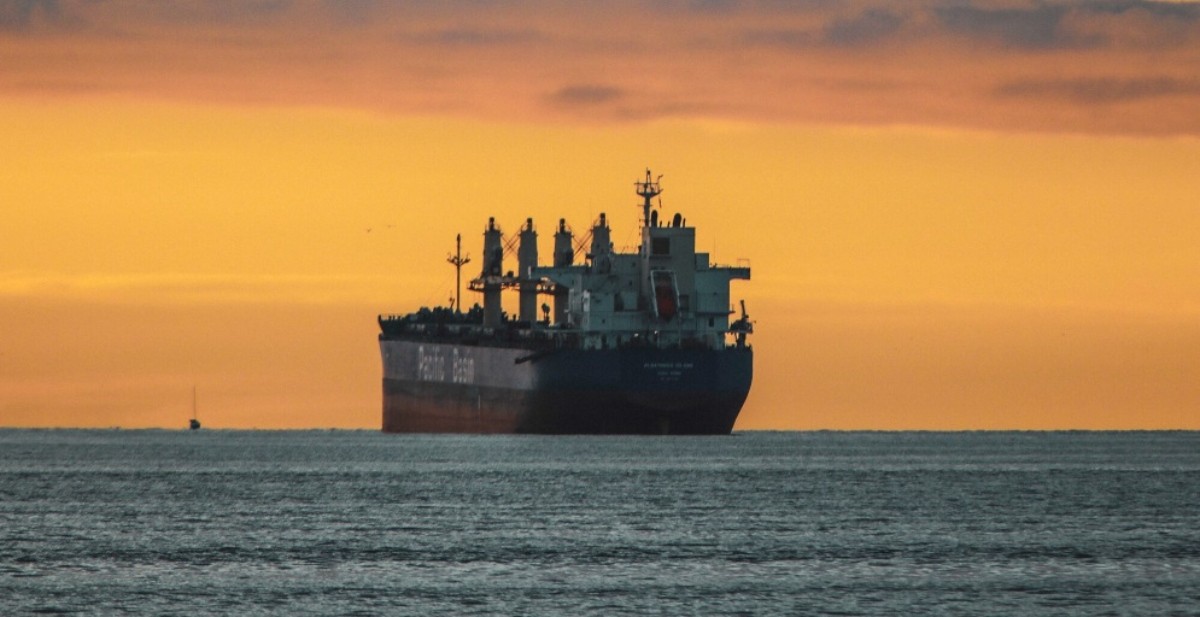Promises and pitfalls of insetting

These schemes support the sector’s decarbonisation, but not without wraparound monitoring
By Carly Fields
‘Insetting’ is the new shipping buzzword on the block when it comes to decarbonisation, but its success is far from guaranteed and will be contingent upon the implementation of robust guardrails and governance, according to a report from UCL and UMAS.
The report, titled ‘The role of insetting in supporting shipping's energy transition’, examines the rapidly evolving landscape of voluntary insetting schemes, focusing on their application within the maritime industry. The authors define insetting as a system where investments are directed toward activities that reduce emissions within a company's own value chain, such as funding renewable energy generation for a company's factory or supporting sustainable practices among its suppliers.
This approach distinguishes itself from traditional offsetting, which allows for the purchase of emissions credits from unrelated, external projects. The study shares that during the crucial phase before regulation becomes the primary driver of change, insetting schemes can be a valuable tool for stimulating decarbonisation efforts.
The strategic utility of maritime insetting schemes includes their ability to "stimulate value chain thinking and provide early market signals during this phase", said the report. By offering a mechanism to mobilise private investment and aggregate demand for low- or zero-emission solutions, insetting can help build momentum and confidence within the industry. This, in turn, provides regulators with firmer signals to design stronger policies.
The report notes that organisations taking this early action can become innovators and first movers, a practice that "can enable subsequent mass market adoption of new fuels and technologies".
A key benefit is the support it provides to the business case for these pioneers. For instance, if a functioning market for book-and-claim schemes can be demonstrated with sufficient demand for credits, it can justify the significant capital investments required for things like multi-million-dollar e-fuel production facilities.
Challenges on route
However, the path forward is not without its perils. The report details several risks and challenges that must be addressed to maximise the value of maritime insetting. One major concern is inappropriate boundary setting, a fundamental issue that arises from the lack of independent guidance on how to define an organisation's value chain.
The report notes that existing book-and-claim systems have often been broad and opaque, covering the entire transport sector with unclear accounting and verification methodologies. To counter this, the authors recommend adopting guidance that defines insetting boundaries as "only 'within the value chain, not adjacent to it'". They further suggest that maritime schemes should restrict transactions by mode, meaning credits from low-emission shipping should only be claimed against the emissions of other ships.
Another significant risk is incompatibility with broader regulation and the principle of additionality.
If insetting is meant to be a bridge to a regulatory-driven transition, it must align with forthcoming policies and not become "a dead-end or an expensive distraction".
The report warns that inconsistencies between insetting schemes and future regulations—for example, in GHG emissions accountancy—could lead to stranded assets for early adopters who invested based on the insetting incentives. To mitigate this, the report recommends that all claimed emissions reductions "exceed regulatory compliance requirements" and follow the latest scientific standards, such as a full lifecycle emissions accounting (well-to-wake) approach.
Checks and balances
The issue of verification standards is also a critical challenge. The report observes a limited number of transparent and universal standards for certifying and verifying the emissions reductions promised by insetting schemes. This has led to companies relying on a pool of inconsistent standards or their own internal ones, which have been criticised as "marking your own homework".
This lack of rigour has resulted in concerns over integrity, additionality, and the potential for double counting, with some insetting schemes being accused of merely being offsetting in a new guise.
The authors' recommendation is that maritime schemes use independent third-party verifiers, transparently report their processes, and adopt established protocols for project accounting to ensure credibility.
Finally, the report addresses the risks of technological lock-in and a non-just and equitable transition. Many current insetting schemes favour transitional fuels like biofuels because of their immediate availability and cost-effectiveness. However, this focus creates a significant risk of diverting investment away from the Scalable Zero-Emissions Fuels (SZEFs) like green hydrogen and ammonia that are essential for long-term decarbonization. The authors urge that schemes have "clear guardrails that promote the uptake of fuels that are scalable and zero/close to zero emissions".
Furthermore, there is a risk that unrestricted insetting schemes could channel funds to the most cost-efficient geographical areas, potentially marginalising developing nations. To ensure a just and equitable transition, schemes should specifically target initiatives that enable the uptake of scalable, zero-emission fuels in regions vulnerable to being priced out of the transition opportunity.
The report concludes that the window of opportunity for maritime insetting schemes to demonstrate their catalytic potential is narrow but still significant, and their true value will be measured not by the number of emissions credits they generate, but by "their ability to rapidly accelerate the maritime industry's transition to a zero emissions future".